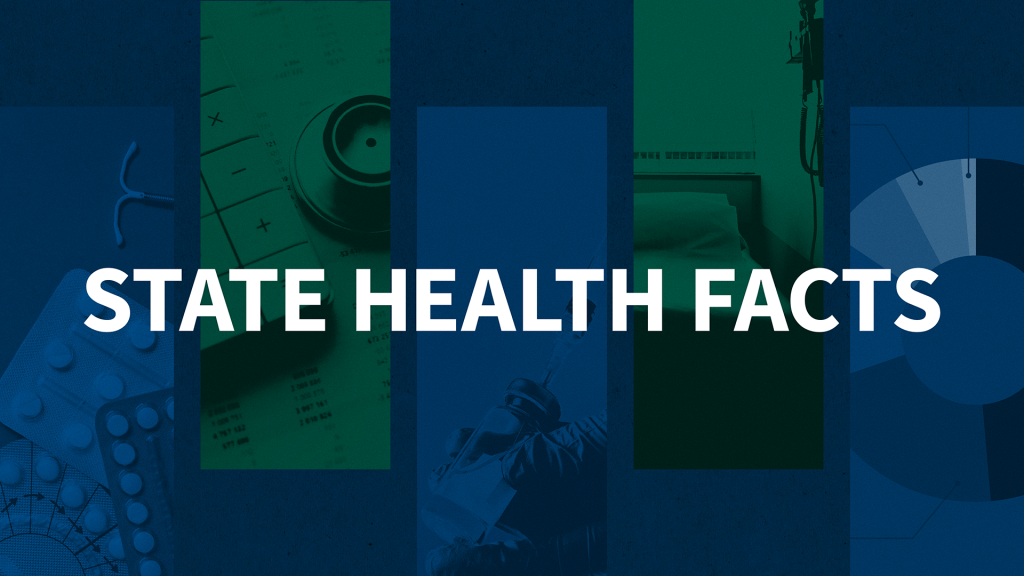5 Key Facts About Medicaid Coverage for Adults with Mental Illness
Nationwide, an estimated 52 million nonelderly adults live with mental illness, and Medicaid covers nearly one in three (29%) of them, or about 15 million adults. More than 1 in 3 Medicaid enrollees has a mental illness. Mental health treatment rates for Medicaid adults are higher than or similar to those with insurance.
